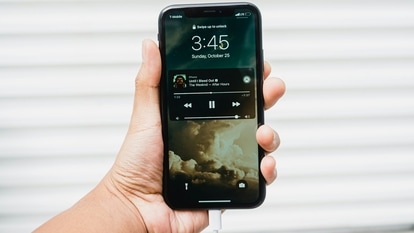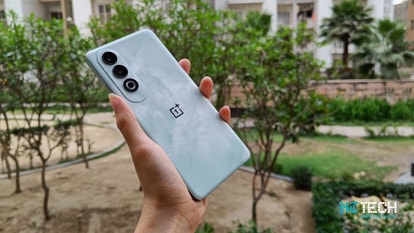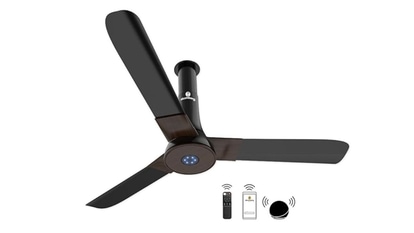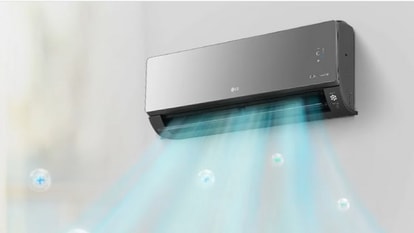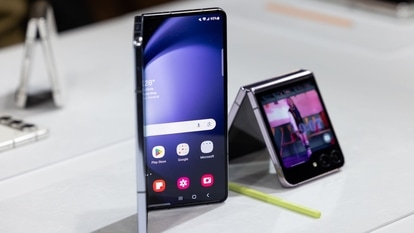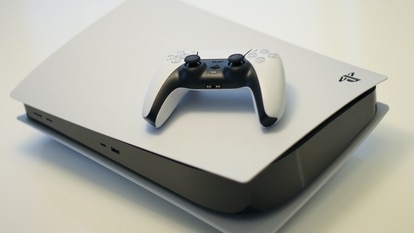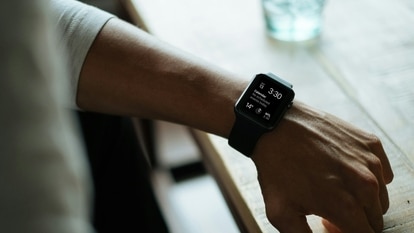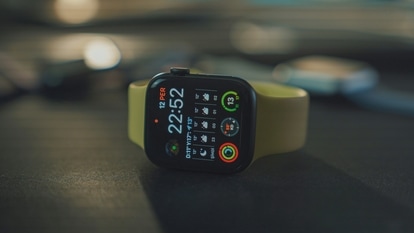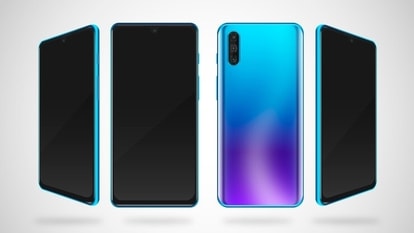Shoot for the stars with Nikon's latest camera
Nikon has built a premium DSLR, the D810A, especially for astronomers. It has some things in common with its other, more Earth-focused cameras, namely its build quality and compatibility with NIKKOR lenses, but on the whole, this is a device designed specifically for being pointed upwards.

Nikon has built a premium DSLR, the D810A, especially for astronomers. It has some things in common with its other, more Earth-focused cameras, namely its build quality and compatibility with NIKKOR lenses, but on the whole, this is a device designed specifically for being pointed upwards.
'The Nikon D810A is engineered exclusively to meet the unique demands of professional and hobbyist astrophotographers,' said Masahiro Horie, Director of Marketing and Planning, Nikon Inc. 'The camera's distinctive feature set and powerful imaging capabilities make it an appealing option for those who are ready to discover the fantastic cosmic features that are hidden among the stars.'
So, while other DSL₹are capable of snapping over 10 frames a second with perfect clarity for capturing sports and action shots, the D810A takes things in the opposite direction; it shoots very slowly indeed and its shutter can be set up for a 900 second -- that's 15 minutes -- exposure.
The D810A has a 36.3-megapixel CMOS sensor for capturing higher-resolution images but it also has an infrared cut filter modified for the hydrogen and alpha wavelength.
The combination of the two, plus the ability to set up longer and longer exposure values from 4 seconds right up to the aforementioned 900 seconds, means that even diffuse nebulae should be captured in all their heavenly glory.
But even with these neat tricks, users are going to need greater control over ISO sensitivity to avoid noise creeping into the final composition. Nikon has thought about this and the solution is an ISO range -- 200-12,800 -- that balances the signal to noise ration specifically for night-time photography.
And, because the camera is going to be used primarily for longer exposures, impatient owners will also be able to get a live preview of how a picture will look before it's captured if the exposure setting is 30 seconds or more.
Nikon is yet to announce just how much the D810A will cost astrophotographers, but considering its body is based on that of the all-purpose D810 (currently retailing for $3,000 without a lens) and that it has a very specific use case, it could be similarly sky-high.
Catch all the Latest Tech News, Mobile News, Laptop News, Gaming news, Wearables News , How To News, also keep up with us on Whatsapp channel,Twitter, Facebook, Google News, and Instagram. For our latest videos, subscribe to our YouTube channel.





